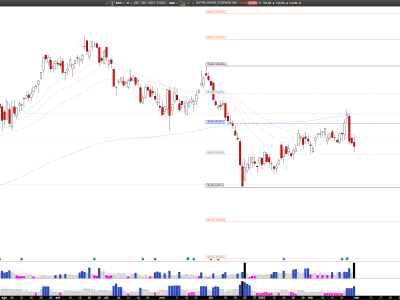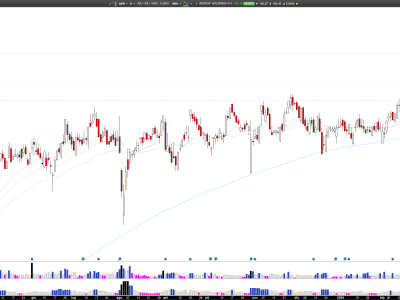
Google’s recent announcement of its groundbreaking quantum computing chip, Willow, sent ripples not only through the tech world but also into the realm of theoretical physics.
While the chip’s speed and reliability improvements are remarkable in themselves, it’s the implications hinted at by Google Quantum AI founder Hartmut Neven that have ignited a firestorm of debate.
Neven’s blog post boldly suggests that Willow’s unprecedented computational power hints at the existence of parallel universes.
Unprecedented speed: a glimpse into the multiverse?
The core of the controversy lies in Willow’s astonishing performance.
Neven states:
Willow’s performance on this benchmark is astonishing: It performed a computation in under five minutes that would take one of today’s fastest supercomputers 10²⁵ or 10 septillion years. If you want to write it out, it’s 10,000,000,000,000,000,000,000,000 years. This mind-boggling number exceeds known timescales in physics and vastly exceeds the age of the universe. It lends credence to the notion that quantum computation occurs in many parallel universes, in line with the idea that we live in a multiverse, a prediction first made by David Deutsch.
This extraordinary speed, exceeding the age of the universe, led Neven to propose that Willow’s computations are drawing upon computational resources from other universes, supporting the multiverse theory.
A quantum controversy
Neven’s claims have been met with a mixture of skepticism and intrigue.
While the concept of a multiverse remains firmly in the realm of theoretical physics, it’s not entirely dismissed by all.
Some online commentators, claiming expertise in the field, find Neven’s conclusions plausible, noting that the multiverse is a subject of serious study within quantum physics.
However, skeptics are quick to point out a crucial detail: the benchmark used to measure Willow’s performance was created by Google itself, raising questions about the objectivity of the measurement.
While this doesn’t disprove the multiverse theory, it casts doubt on the direct causal link between Willow’s speed and the existence of parallel universes.
Understanding quantum computing
To understand the potential significance of Willow, it’s essential to grasp the fundamentals of quantum computing.
Unlike classical computers which rely on bits representing 0 or 1, quantum computers utilize qubits.
These can represent 0, 1, or a superposition of both, leveraging the principles of quantum entanglement.
Entanglement links the states of two or more particles, regardless of the distance separating them, enabling quantum computers to tackle incredibly complex problems beyond the capabilities of classical computers.
The challenges of quantum computing
A significant hurdle in the development of quantum computers is error correction.
The more qubits involved, the higher the chance of errors. Google’s primary goal with Willow was to mitigate these errors, and Neven asserts that the chip achieves this objective.
The success of this error reduction is crucial for the future of quantum computing and its potential to revolutionize various fields.
The post Parallel universes? Google’s new chip sparks multiverse debate appeared first on Invezz









